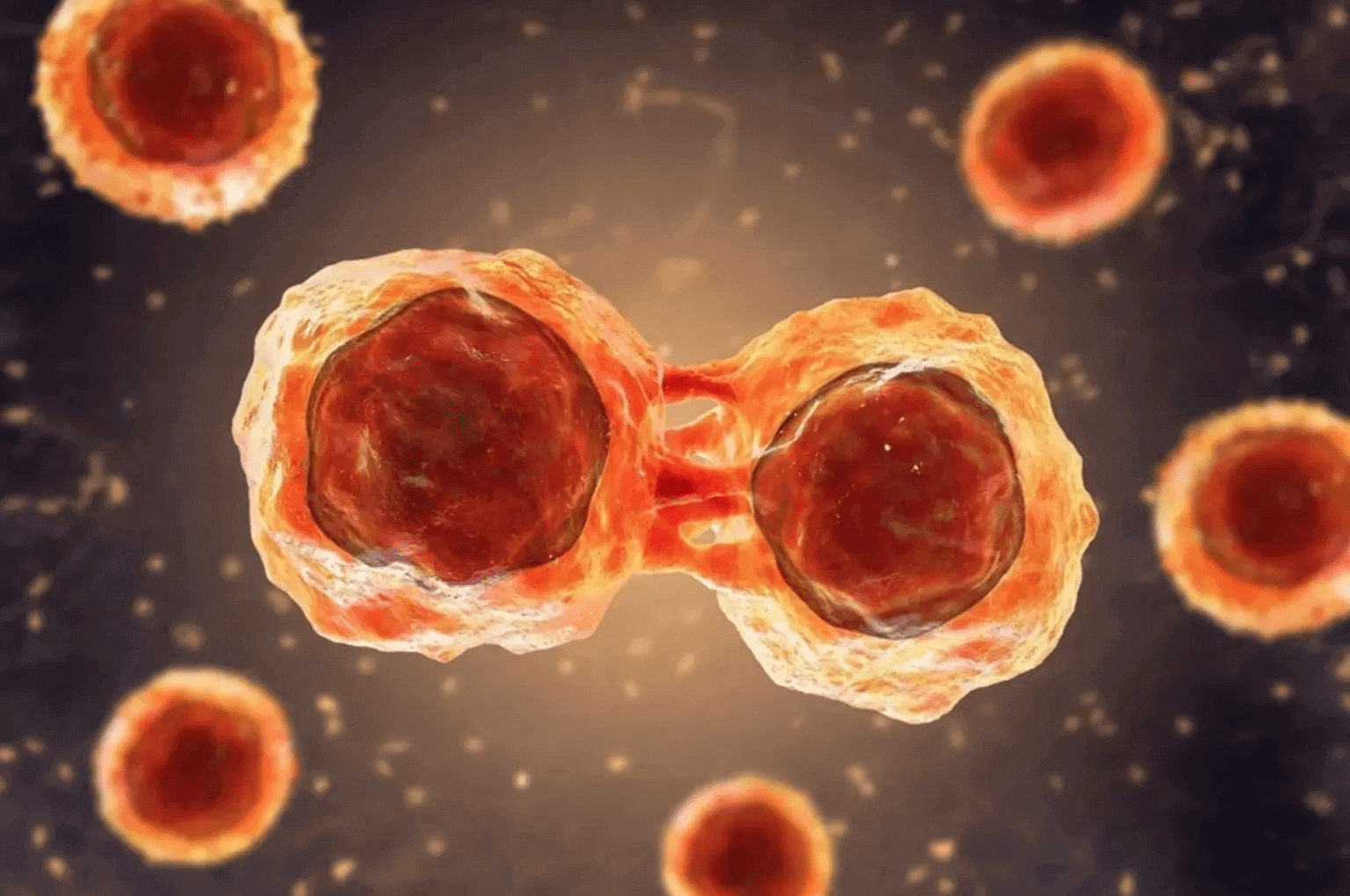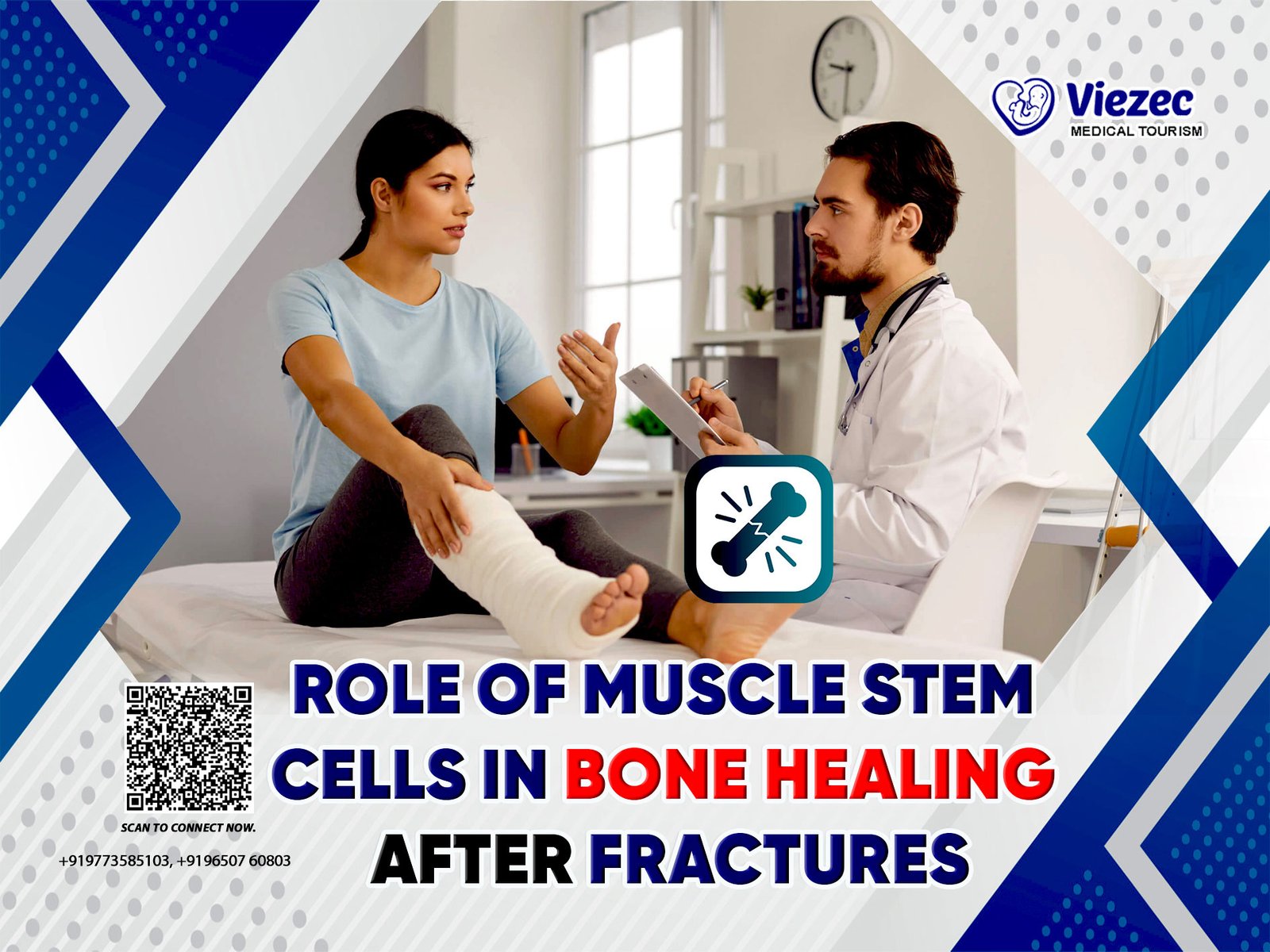The human body is a marvel of complexity, with trillions of cells working in harmony to sustain life. Among these, hematopoietic stem cells (HSCs) play a pivotal role in maintaining the intricate balance of blood formation and regeneration. In this comprehensive article, we will delve into the fascinating world of hematopoietic stem cells, exploring their definition, characteristics, differentiation pathways, clinical applications, and the latest advancements in research.
What Are Hematopoietic Stem Cells?
Hematopoietic stem cells are a subset of multipotent cells found in the bone marrow and peripheral blood. These cells have the unique ability to differentiate into various blood cell types, including red blood cells (erythrocytes), white blood cells (leukocytes), and platelets (thrombocytes). The intricate process of hematopoiesis, regulated by a complex interplay of molecular signals, ensures the continuous production and replenishment of these blood cells throughout an individual’s life.
Origin and Localization
Hematopoietic stem cells primarily reside in the bone marrow, where they create a microenvironment conducive to their self-renewal and differentiation. The bone marrow, a spongy tissue within the cavities of bones, provides a nurturing environment rich in growth factors, cytokines, and extracellular matrix components crucial for the maintenance and regulation of HSCs.
Migration and Homing
Interestingly, HSCs are not static; they can migrate between different niches within the bone marrow and even enter the peripheral blood circulation. The homing of HSCs to specific bone marrow niches is a finely tuned process, orchestrated by various adhesion molecules and chemokines.
Characteristics of Hematopoietic Stem Cells
Understanding the unique characteristics of hematopoietic stem cells is essential for unraveling their role in blood formation and their potential applications in medical treatments.
Self-Renewal Capacity
Hematopoietic stem cells exhibit remarkable self-renewal capacity, allowing them to maintain a pool of undifferentiated cells throughout an individual’s lifetime. This property ensures a constant source of precursor cells for the production of blood cells.
Molecular Mechanisms of Self-Renewal
Several molecular mechanisms govern the self-renewal of HSCs, involving the activation of specific signaling pathways such as Wnt, Notch, and Hedgehog. Elucidating these mechanisms is crucial for harnessing the therapeutic potential of HSCs in regenerative medicine.
Multipotency and Differentiation Potential
HSCs possess multipotency, meaning they can differentiate into multiple cell lineages. This unique ability allows them to give rise to various blood cell types, each with distinct functions in the immune response, oxygen transport, and hemostasis.
Lineage Commitment
The process of lineage commitment involves the HSCs choosing a specific differentiation pathway, leading to the formation of erythroid, myeloid, or lymphoid progenitor cells. The intricate regulatory networks involved in lineage commitment are a subject of intense research.
Hematopoietic Stem Cell Differentiation Pathways
The differentiation of hematopoietic stem cells into mature blood cells follows well-defined pathways, each characterized by specific transcription factors and signaling molecules.
Erythropoiesis
Erythropoiesis is the process by which HSCs differentiate into red blood cells, essential for oxygen transport in the body. The hormone erythropoietin and key transcription factors like GATA-1 play crucial roles in orchestrating this pathway.
Regulation of Erythropoiesis
Understanding the regulatory mechanisms controlling erythropoiesis is vital for developing therapies for conditions such as anemia and myelodysplastic syndromes.
Myelopoiesis
Myelopoiesis involves the differentiation of HSCs into various myeloid cell lineages, including granulocytes, monocytes, and macrophages. The intricate interplay of cytokines and transcription factors like C/EBPα and PU.1 governs this process.
Myeloid Progenitor Cells
Identification and characterization of myeloid progenitor cells provide insights into the development of myeloid lineage cells and their roles in immune response and tissue homeostasis.
Lymphopoiesis
Lymphopoiesis is the process through which HSCs give rise to lymphoid cells, including T cells, B cells, and natural killer (NK) cells. Signaling pathways involving Notch, Wnt, and interleukins guide the differentiation of lymphoid progenitor cells.
Adaptive and Innate Immunity
The intricate connection between lymphopoiesis and the development of adaptive and innate immunity highlights the critical role of HSCs in defending the body against pathogens.
Clinical Applications of Hematopoietic Stem Cells
Hematopoietic stem cells hold immense promise for a wide range of clinical applications, ranging from bone marrow transplantation to gene therapy.
Bone Marrow Transplantation
Bone marrow transplantation is a well-established therapeutic approach for treating various hematological disorders, including leukemia, lymphoma, and aplastic anemia. The success of this procedure relies on the ability of transplanted HSCs to repopulate the recipient’s bone marrow and reestablish normal blood cell production.
Allogeneic vs. Autologous Transplants
Understanding the differences between allogeneic and autologous bone marrow transplants is crucial for optimizing patient outcomes and minimizing potential complications.
Gene Therapy
Advancements in gene therapy have opened new avenues for harnessing the regenerative potential of HSCs. Gene editing technologies, such as CRISPR-Cas9, enable precise modification of HSCs to correct genetic mutations or enhance therapeutic properties.
Challenges and Future Directions
Despite the promising developments in gene therapy using HSCs, challenges related to off-target effects and long-term safety need to be addressed for widespread clinical implementation.
Advancements in Hematopoietic Stem Cell Research
The field of hematopoietic stem cell research is dynamic, with ongoing discoveries reshaping our understanding of HSC biology and paving the way for innovative therapeutic strategies.
Single-Cell Analysis
Recent advancements in single-cell analysis techniques have revolutionized the study of HSC heterogeneity and clonal dynamics. Unraveling the complexities of individual HSCs provides insights into their behavior under normal physiological conditions and in response to pathological challenges.
Single-Cell RNA Sequencing
The application of single-cell RNA sequencing in profiling the transcriptomes of individual HSCs has provided unprecedented resolution in deciphering the molecular signatures associated with different HSC subpopulations.
Microenvironment and Niche Regulation
The bone marrow microenvironment plays a crucial role in supporting HSC maintenance and function. Ongoing research focuses on understanding the regulatory signals emanating from the niche and their impact on HSC behavior.
Therapeutic Targeting of the Bone Marrow Niche
Exploring strategies to modulate the bone marrow niche for therapeutic purposes represents a promising avenue for enhancing HSC function and improving transplantation outcomes.
Hematopoietic stem cells stand at the forefront of regenerative medicine, offering unprecedented potential for treating a myriad of hematological disorders. As our understanding of HSC biology continues to deepen, so too does the prospect of harnessing their regenerative power for transformative clinical applications. The journey from basic research to clinical translation is marked by challenges and breakthroughs, but the promise of unlocking the secrets of hematopoietic stem cells remains a beacon of hope for patients and researchers alike.









